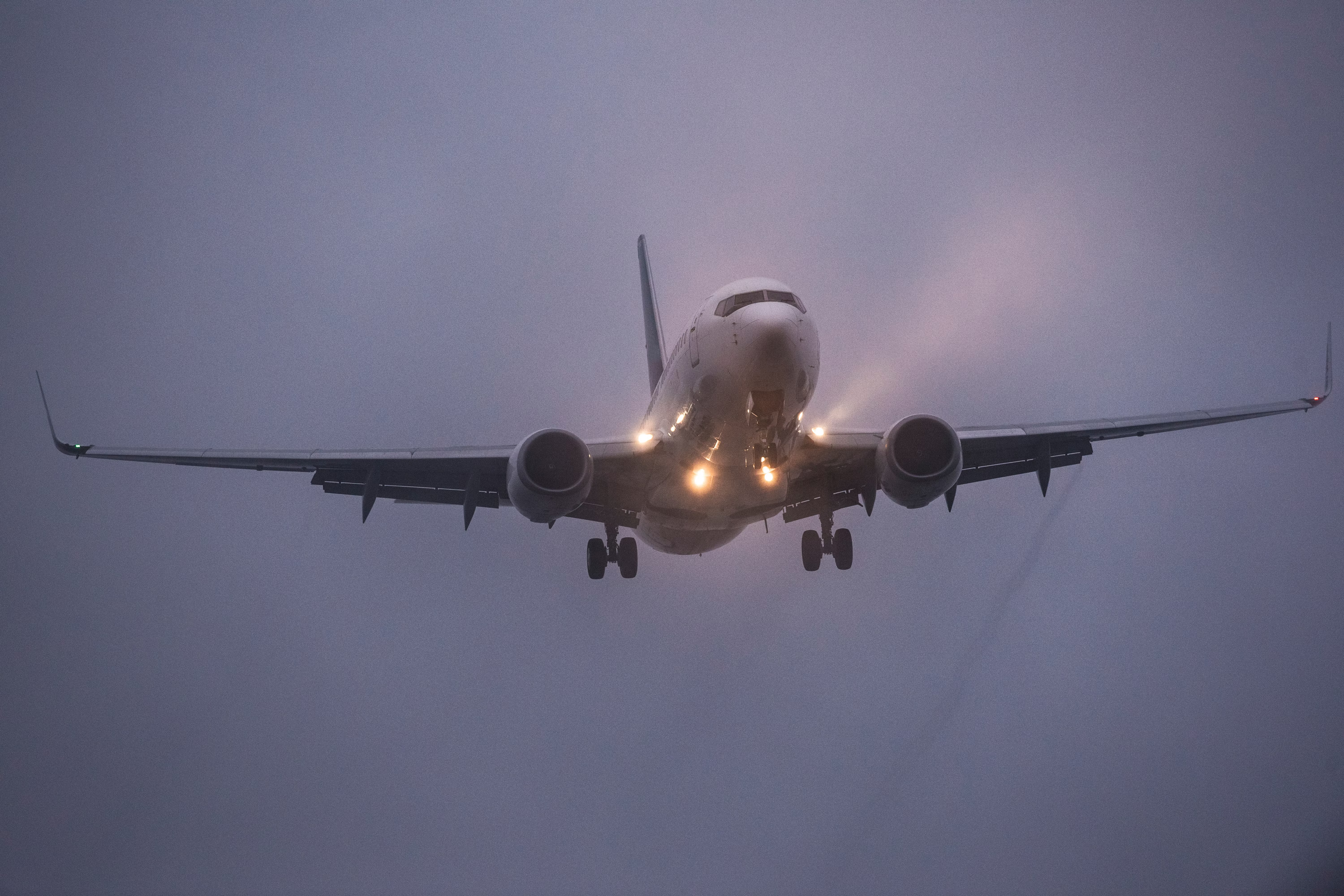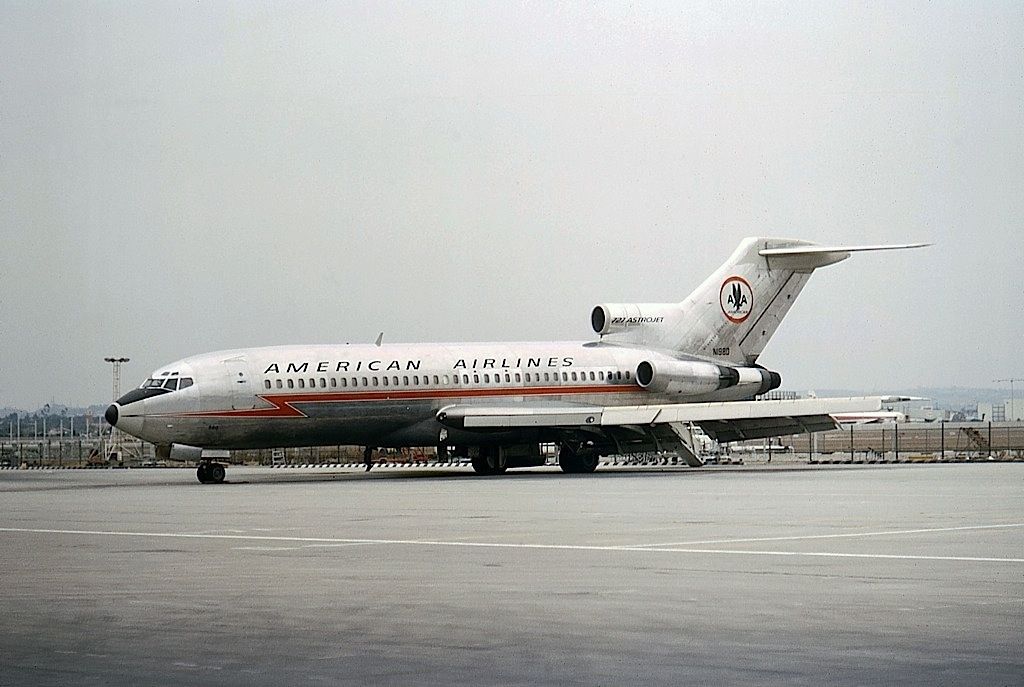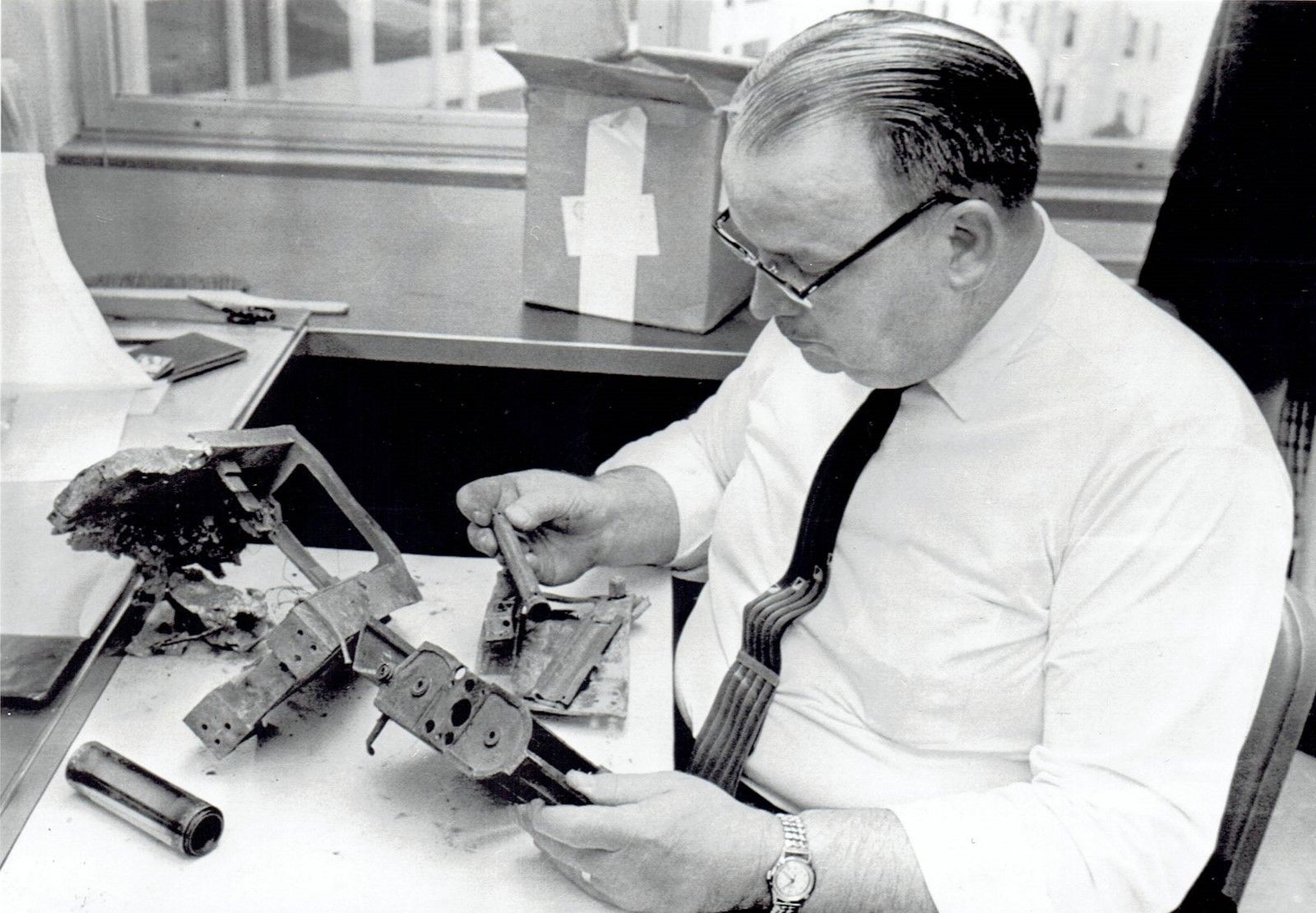Summary
- The fatal crash of an American Airlines Boeing 727 in Kentucky killed 58 people and exposed challenges with conducting a visual approach in worsening weather conditions.
- The plane crashed while descending too quickly and suffering from decreased visibility due to rain.
- The crash resulted in a hull loss for the aircraft and led to a lawsuit against American Airlines.
It has been almost 60 years since the fatal crash of an American Airlines Boeing 727 in Constance, Kentucky. The aircraft operating flight AA383 from New York became the second 727 to suffer a hull loss.
The flight and aircraft involved
American Airlines flight 383 was a scheduled non-stop passenger service from New York’s LaGuardia Airport (LGA) to Cincinnati/Northern Kentucky International Airport (CVG), carrying 57 passengers and five crew members. However, on November 8, 1965, the flight did not reach its intended destination, crashing a few miles from the runway and killing 54 passengers and four crew onboard.
AA’s regional brand, American Eagle, still serves the route today with the Embraer 175LR. Flight number AA383 is also still in use; according to Flightradar24, it applies on the route from Los Angeles (LAX) to Chicago (ORD). In 2016, another iteration of flight AA383, from Chicago to Miami, suffered a fatality-free uncontained engine failure and fire during its takeoff roll.
The aircraft involved in the November 1965 incident was a five-month-old Boeing 727-100, registration N1996. Data from ATDB.aero shows that it rolled out of production in June 1965 and delivered to the American national carrier a few weeks later. At the time of the crash, N1996 had accumulated just 938 flight hours and became the second hull loss involving a Boeing 727, following the first just a year prior.
A disastrous approach
Despite leaving LaGuardia Airport with a delay of around 20 minutes, most of the flight passed without incident. After just under 80 minutes of flight, the crew was cleared by local air traffic control to make a visual approach towards the airport at 18:57 local time. Two minutes later, they also received landing clearance. However, the weather was deteriorating quickly, with wind speed picking up along with heavy rain and sporadic thunderstorms.
During the crew’s communications, they were advised of precipitation near the airport. However, in the following minutes, this rain reached the facility itself, causing a sudden drop in visibility. Meanwhile, the flight had flown into storm clouds while approaching the airport from the northwest. By this time, it was also descending much too quickly, at a rate of around 2,100 feet per minute.

Related
Low Visibility Operations: A Pilot’s Perspective
These days, airliners can take off and land in very low visibility conditions, but still not zero visibility.
Although the crew reduced this rate to 625 feet per minute in the flight’s final seconds, its fate was sealed. As it turned to line up with the runway, it impacted a wooded slope 3 km (1.6 NM) from the runway. Among the four survivors was Elmer Weekly, a deadheading American Airlines pilot, who was later called in to testify about the accident.
Aftermath and investigation
The aircraft eventually slid to a stop amid an area of larger trees. Unfortunately, the impact of the crash and the subsequent fire resulted in a hull loss for the Boeing trijet and the deaths of most onboard. An investigation into the accident was led by the Civil Aeronautics Board, which was the predecessor to today’s National Transportation Safety Board (NTSB).
The aircraft did not have a cockpit voice recorder, so investigators found it very difficult to ascertain what happened during key moments. However, after examining the flight data recorder, the CAB concluded that the pilots had likely lost track of their altitude amid the challenging circumstances of conducting a visual approach in worsening meteorological conditions. Confusion regarding the lights of houses that could have been mistaken for runway lights was also considered, but with no voice recorder, this remains unknown.
.jpg)
Related
What Are Altimeters & How Do Pilots Use Them?
The primary measurement for altitude of an aircraft comes from a pressure altimeter.
The family of one of the crash victims sued American Airlines for wrongful death. The airline contested the lawsuit by filing a third-party complaint against the Federal Aviation Administration and the Weather Bureau. AA blamed meteorologists and air traffic controllers for failing to warn the pilots of the deteriorating weather conditions or revoke the visual approach clearance.
The report concluded that pilots may have taken misreadings from the aircraft altimeter when coming in to land, or simply may have been too distracted with other procedures to notice. The tragedy would compel authorities to tighten up safety measures, particularly those related to altimeters.
American Airlines denied that the accident was caused by pilot error, despite one of the contributing causes being stated as the decision to make a visual approach in spite of the worsening weather conditions. However, the victim’s family was awarded $175,000 plus funeral expenses after a jury found the carrier liable for the accident. Tragically, almost exactly two years later, a TWA Convair 880 crashed on the same hill, killing 70 of the 82 people onboard.
What do you make of this accident? Do you remember it happening at the time? Let us know your thoughts and recollections in the comments.



